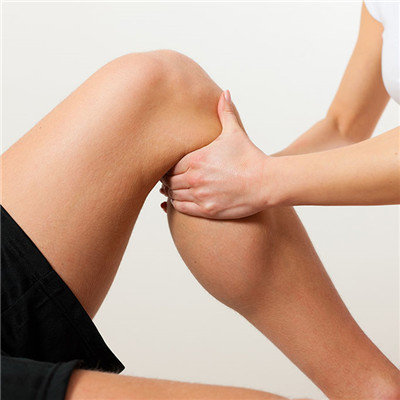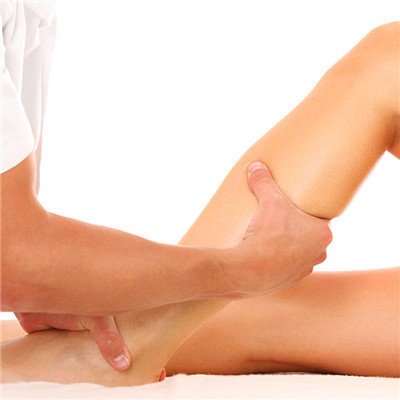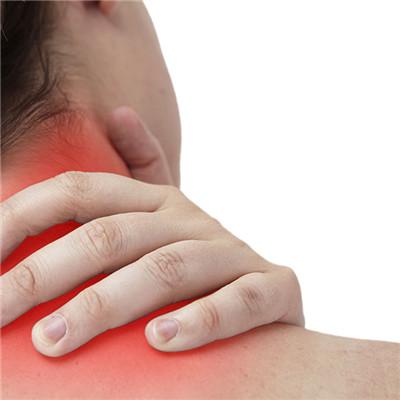Quadriplegia?
summary
Limb paralysis is the reduction or loss of voluntary motor function, which is a common symptom of nervous system. Limb paralysis is caused by upper and lower motor neurons, pyramidal tract and peripheral neuropathy. The reduction or loss of limb muscle strength is called paralysis. According to the nature of paralysis, it can be divided into four categories: upper motor neuron, lower motor neuron, neuromuscular transmission disorder and myogenic; According to its degree, it can be divided into completeness or incompleteness; According to the distribution of paralysis, it can be divided into hemiplegia, monoplegia, paraplegia, quadriplegia and crossed paralysis. Quadriplegia? Let's talk about it
Quadriplegia?
The characteristics of lower motor neuron paralysis: the muscle tension of paralyzed muscle is decreased, the tendon reflex is weakened or disappeared (the injury of lower motor neuron results in the interruption of monosynaptic stretch reflex), the early stage of muscle atrophy (dystrophic effect of anterior horn cells) appears, the muscle bundle tremor can be seen, and there is no pathological reflex. EMG showed decreased nerve conduction velocity and denervation potential.

Acute severe lesions such as acute stroke, acute myelitis, due to a sudden interruption of the pyramidal tract, spinal cord shock, muscle stretch reflex inhibition, soft paralysis, tendon reflex decreased or disappeared. After a few days or weeks, the stretch reflex recovered and turned into hypermyotonia and tendon hyperreflexia. The length of shock period depends on the degree of lesion and complications such as infection. Because muscle spindles are more sensitive to stretch reflex than before, especially the muscle tension of upper limb flexor and lower limb extensor is higher. The initial resistance is large, and then the resistance decreases rapidly, showing clasp knife phenomenon.

The characteristics of upper motor neuron paralysis: as the motor cortex and descending pyramidal tract mainly control the muscle group, the lesion often leads to paralysis of the whole limb (monoplegia) and hemiplegia of one limb (hemiplegia); Bilateral lesions can cause paraplegia or quadriplegia. The muscle tension of the affected limb was increased, the tendon reflex was hyperreflexive, the superficial reflex was weakened or disappeared, the pathological reflex appeared, there was no muscle atrophy and muscle bundle tremor, but the disuse muscle atrophy could be seen after long-term paralysis. EMG showed normal nerve conduction velocity and no denervation potential.

matters needing attention
Good psychological nursing: pay attention to the ideological work of patients. Because paralysis brings heavy ideological burden to patients, it is necessary to encourage patients to set up revolutionary optimism spirit and "settle down as soon as possible". They are required to overcome difficulties, exercise hard, have the confidence to overcome diseases, cooperate with medical staff and family members, and carry out functional exercise of paralyzed limbs as soon as possible, so as to prevent joint deformity and muscle atrophy.














